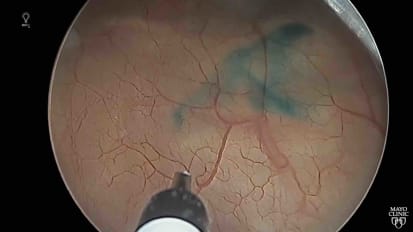Brian Linder, MD

Brian Linder, M.D., M.S., completed his Urology residency and then a 3-year Female Pelvic Medicine and Reconstructive Surgery Fellowship at Mayo Clinic. He provides care for women with pelvic floor disorders and is jointly appointed in the Department of Urology and the Department of Obstetrics and Gynecology. His clinic expertise includes:
- Management of pelvic organ prolapse including vaginal, robotic, and abdominal surgeries
- Treatments for stress urinary incontinence including urethral slings (synthetic and autologous) and urethral bulking injections
- Overactive bladder treatment including the use of third-line therapies such as sacral neuromodulation and bladder injections
- Urinary incontinence
- Repair of genitourinary fistula
- Management of urethral diverticulum
In addition to his clinical practice, Dr. Linder is active in research and education, training residents and fellows. He is an Assistant Professor in both the Department of Urology and the Department of Obstetrics and Gynecology, having authored over 75 peer review publications, book chapters, etc. For his research on pelvic organ prolapse and urinary incontinence he has received several grants and other awards.

